India is known for its rich literary and social history. Often it has been referred to as the “Sa Prathama Sanskrati Vishvavara” which in English means the superior and the oldest cultures of the world. As the land that has been the site of major battles and substantiated the passing of power from one autocrat to another, it has continued to develop several cultures that came with various invasions and monarchs.
As a secular country, India houses people practising different religions of their choice. This has resulted in the emergence of different cultures that came with their practising religious rites. Each community and tribe of people have their own forms of art. This also extends as an entertainment and a relief from the mundane life.
As more and more people assembled and celebrated traditions in their own unique ways, many others started to research and recognise those cultures and traditions. With such diversity came recognition and admiration for the nation, from the international community. However, with the passage of time many known cultures, practices and traditions that once flourished, are now in a state of decline.
Have you ever wondered, why this country which was so proud of its multi cultural heritage is now loosing its sheen and ethnicity?
One of the possible reasons could be that the westerners never approve of the cultures of the orients. Considering it as something inferior they resented it thereby barring its growth.
Secondly, some races that couldn’t keep pace with changing times, slowly moved towards extinction. Their cultures and traditions died with them.
Efforts are often made, both nationally and internationally to ensure that cultures which are deeply tied with practices and traditions do not get lost amidst the cacophony of surging Modernism.
Westernization is slowly seeping into people’s mind, more often affecting the youths. The young impressionable minds are easy to get influenced by the western culture and attitudes. Netflix and Hollywood have played an even greater role in pushing them towards rejecting the old and embracing new. While this mentality thrives let’s take a look at the cultures, traditions and practices that are on a sure shot decline and are gaping to survive.
1. Hill Korwas Culture
With the geographical changes and the need for constructing factories, health care units, malls, flats, the forests have been torn down and the land taken over. With this comes not just the extinction of wildlife but also the tribes inhabiting these forest lands.
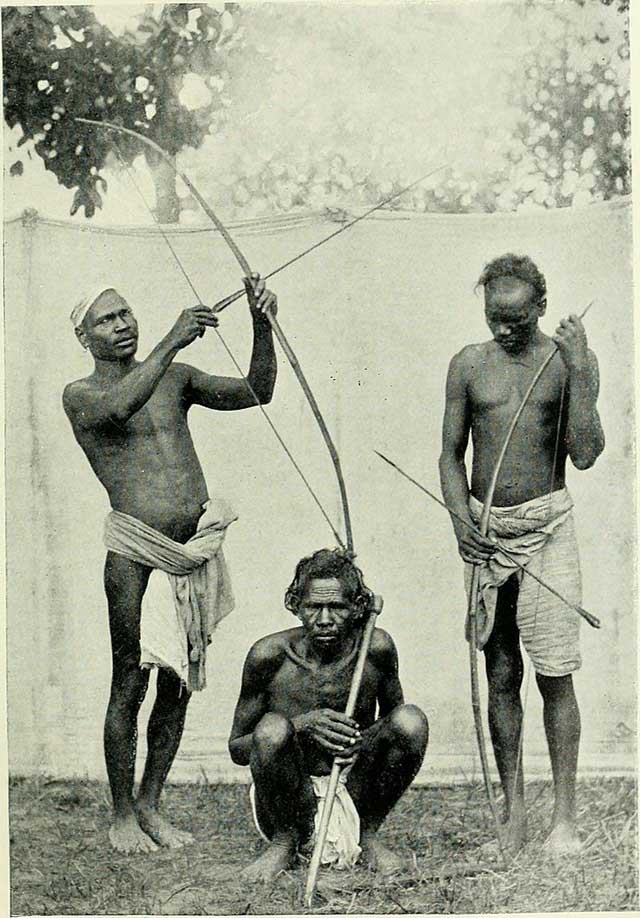
Korwa tribesmen, 1897 (Photo: Internet Archive Book Images)
One such tribe is the Korba tribe which was famous for their unique hunting expeditions. Korbas mostly live on the hills located at Sarjuga district of Chhattisgarh. This tribal group is further subdivided to form the Pahadi, Dil, Agaria, and Dandh Korbas. Mostly, they have been known as efficient hunters. Often seen with bows and arrows they hunt down wild animals including even dogs for food. Moreover, they consume wild fruits and depend largely on lentil crops for survival.
Talking about their culture, they are the followers of Satbahini Devi and worships her. Hareli, a monsoon festival, is commonly celebrated by those of the tribe engaged in farming. While celebrating Pola they worship clay bullocks. They have several dance forms including Karma Nacha bar Nacha, Rawat Nacha and Suwa which are also claimed by them as their traditional dances.
2. Konyak Tribal Culture
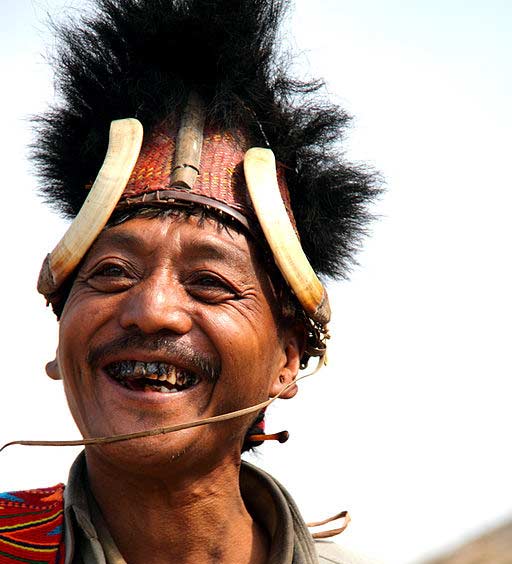
This particular group is easier to identify because of the tattoos that adorn their faces and were earned for taking an enemy’s head. They are the warriors who reside in Nagaland, especially in the forested areas, far away from the civilized people. Also known as the best head hunters these warrior tribes are ironically quite hospitable and enjoys visitors. They have the capacity to awe you with their handicraft skills. A visit to their place is a feast for the eyes as the multi coloured shawls, brightly coloured jackets, bags, motifs and head gear are carefully crafted and designed extravagantly. It is believed that before these people were Christianized, they used to worship mother nature on whom they depended for survival. “Animism” which involved worshipping the elements of nature was commonly practised by them. Although, now the majority has been converted to Christianity. They expertise in making baskets and various other items made of bamboo.
3. Bhotiya Tribal Culture
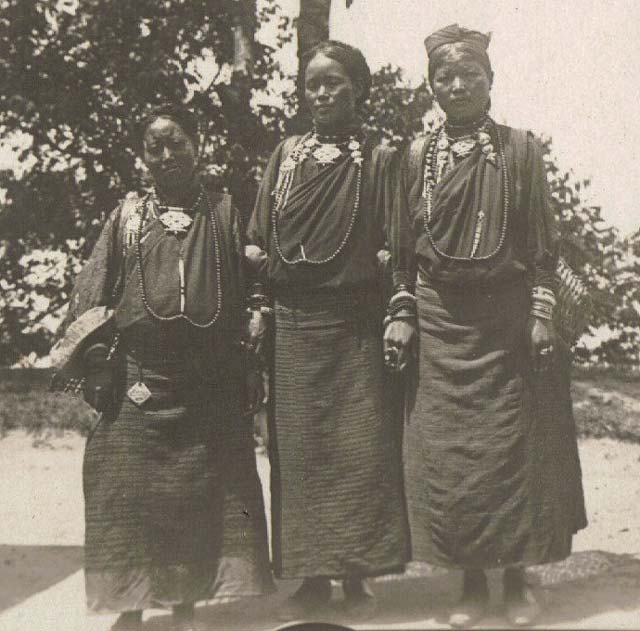
Marijuana has the most fascinating use by the Bhotiya Tribes. While the expected fact is that they will use it for recreational purposes but, quite unexpectedly it is used for religious purposes. The Bhotiya Tribe speaks in Rongba and occupies many regions in India. However, they are mostly found in Uttarakhand which provides favourable conditions for the growth of pot.
An interesting fact about the Bhotiya Tribes is their unique connection with Hinduism. They are the sole worshippers of Shiva and hold the similar opinion that Shiva consumes Bhang to control his anger that can bring destruction. Thus, Bhang is offered to the God during celebrations of Maha Shivratri and Holi.
4. Karwa Chauth
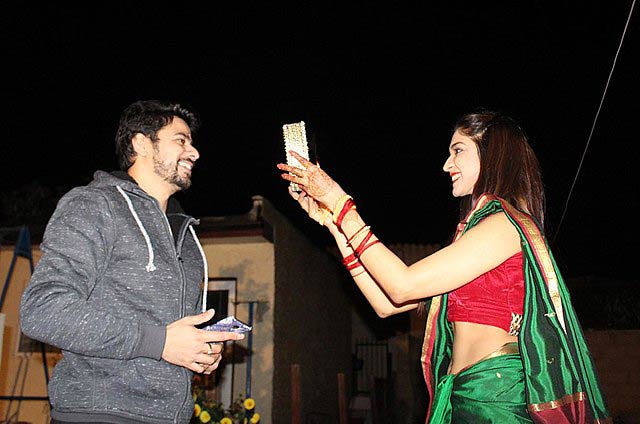
This festival involves fasting and worshipping Lord Shiva and Goddesses Parvati. It’s a common Hindu tradition that was celebrated by Hindu women and the date is decided in accordance with the Hindu calendar. It’s mostly common in the Northern parts of India, in the states of Delhi, Himachal Pradesh, Jammu, Madhya Pradesh and Punjab. The women adorn themselves in traditional wear, mostly in their wedding dresses and looks their best. They fast throughout the entire day and observe prayers for their husband’s long life. Singing and exchanging gifts makes the celebration even more joyous. Women embellish their palms with Henna, which is an important custom. As, the moon makes its first appearance they use a sieve through which they look at their husband’s face and consume the first morsel of food for the day.
The inception of this festival began when the men went out for wars and their wives observed this ritual praying for their safety and good health. However, with recent times this festival is loosing its charm as many women have resented the culture, calling it out as parochial. Their conception lies in the fact that it is a meaningless ritual that holds no significance. While many women are forced to celebrate it under the pressure of their in laws but many have expressed their objections against it. It has been labelled as a sexist ritual. Even though it is romanticized by Bollywood but in reality things have changed. Moreover, in the 21st century, women are rushing to keep up with the pace of their work life as well as managing homes. Thus, they have little time to observe such traditions.
5. Kanyadaan
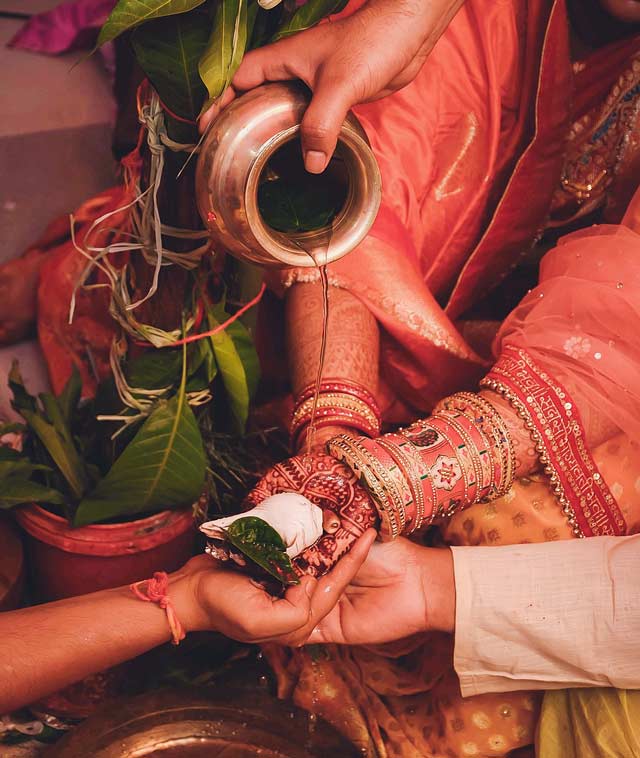
It’s a ritual that prevails in Hindu marriages. After the exchange of varmala (garlands) comes the kanyadaan ceremony or giving away the bride to the groom. Performed by the father of the bride it means that the daughter now becomes the possession of her husband. While it’s a tradition but again it sees a woman as a commodity rather than a human being. This transference of the bride from her home to her in laws has often been criticised in the 21st century. Women argue that they are not goods to be given to someone else and neither are they a possession. As this particular ceremony questions the individuality of a girl, often it has been seen as a social evil. With the advent of western thoughts, the women are convinced of their derogatory state that comes by observing these rituals.
This particular ritual has dated from 15th century and the evidence of this can be found in various epics, mythologies, and inscriptions at the empire Vijayanagara of South India. As one of the oldest ritual it involves letting go of the gotra of the father and accepting the gotra of the husband. History has it that often the groom family was required to pay a heavy dowry for the bride. However, the Brahmins set out to rectify this disorder and thus announced the ritual of kanyadaan to do away with the system of giving gifts. Nowadays, many women have started to protest against this practice. The film industry has taken it as an opportunity and is busy minting money by filming movies that disapproves of this ritual.
Common amongst them includes a Tollywood movie “Brahma Janen Gopon Kommoti”. Other similar protests involve a group of women boycotting Manyavar where Alia Bhat is staged and showcases Kanyadaan. With movements as such many Hindu families have let go of this ritual and although it’s not extinct but chances of it diminishing soon is high.
6. Child marriage
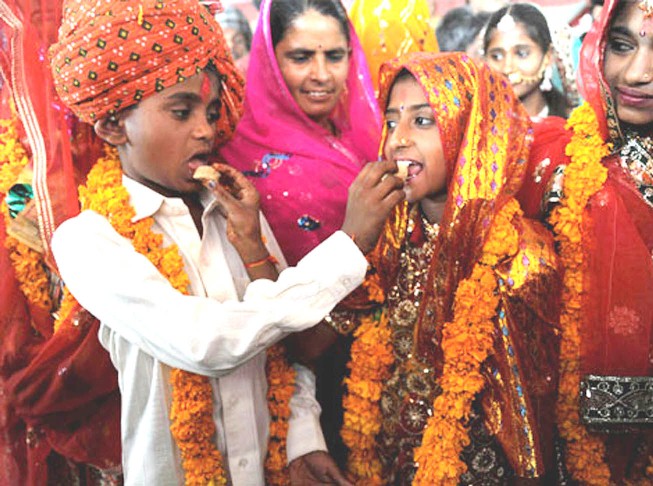
This was seen as a social evil against which a law prohibiting it was passed. Girls were married off at a tender age often to men who were much older than them. As a result of this, girls were widowed off and were forced to observe the laws laid down by the parochial society. They were prone to the harshness of the society which forced them to live their lives following the purdah system. While they barely crossed the zenana they often inflicted mental torture upon the married women of the household.
Authors like Sunil Gangopadhyay, Rabindranath Tagore often highlighted and brought to light the treacherous lives of the widows. It was not until the late 19th century when the joint efforts of Hindu intellectuals like Ishwar Chandra Vidyasagar and members of Brahmo Samaj bore fruit and widow remarriage act was passed much to the disgust of conservative Hindu men. While today child marriage is illegal but there are still many parts of India where it is followed illegally.
7. Bihu
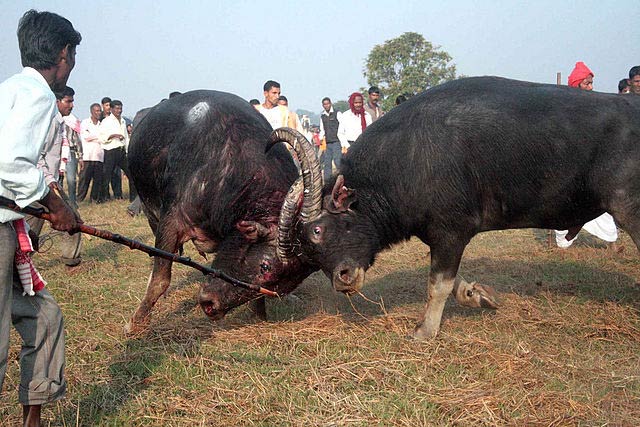
Diganta Talukdar, CC BY 2.0)
Bihu is the festival of the people of Assam. It is a set of three which is celebrated as Rongali Bihu in April, Kati Bihu in October and Magh Bihu in January. They are celebrated to mark spring and harvest season. We have commonly heard of Bihu been mentioned in various novels or literary works. Each festival has its reasons of been celebrated; like Holi marks harvest, Durga Puja celebrates the win of good over evil, Diwali is the festival of lights. Similarly Bihu can be associated with good harvest and agriculture. They pay homage to Lord Krishna and the celebration is accompanied with the Bihu dance and folk songs. Men and women dress in their best traditional attires that are made of muga silk. A group of male singers known as Husori visits every household and sing songs. People exchange gifts and seek the blessings of the household Gods. The primary source of living for the Assamese comes from agriculture because of the geographical location of Assam which is a fertile land surrounded by rivers. Thus, they celebrate occasions like Bihu in order to pay homage to the Gods for a good harvest.
However, with changing times, Assamese too have taken to education like any other communities. Henceforth, the boys and girls are either sent abroad or to universities to complete their studies. This has resulted in a loss of Bihu culture amongst the young Assamese boys and girls who pass the similar ignorance to their succeeding generations. With the introduction of education, the community that once depended primarily on agriculture, has become more versatile and they look for alternate means to earn a living.
While I have spoken about 7 such cultures of India which have started to loose sheen but few amongst them are diminished for the better. However, the trouble comes with the recent generation of pulling kids who favour devices for entertainment rather than hearing stories or reading books.
Although, festivals like Diwali, Durga Puja, Holi are still celebrated but a major part of the population are unaware of the reasons behind these celebrations. This happens because of the little connection they share with mythology. Youth today pick up festivals like Halloween and take pride in hopping along the streets wearing masks. Nothing wrong in doing so and celebrating all festivals, but to reject own culture on the pretext that it makes them more Indianized, is certainly not the right approach.
Also Read:
- Gas Detectors: A Comprehensive Guide
- Slot Gacor: The Ultimate Guide to Winning Big
- Jammu & Kashmir (J&K) Going Full Spectrum
- Kidzania On The Move, Opens ‘Air India Aviation Academy’ For Children At Noida & Mumbai
- Bound to Burst – The Agnipath Bubble
- The Spectre of Terror
~ News4masses is now also on Google news
~ If you want to contribute an article / story, please get in touch at: news4masses[at]gmail[dot]com

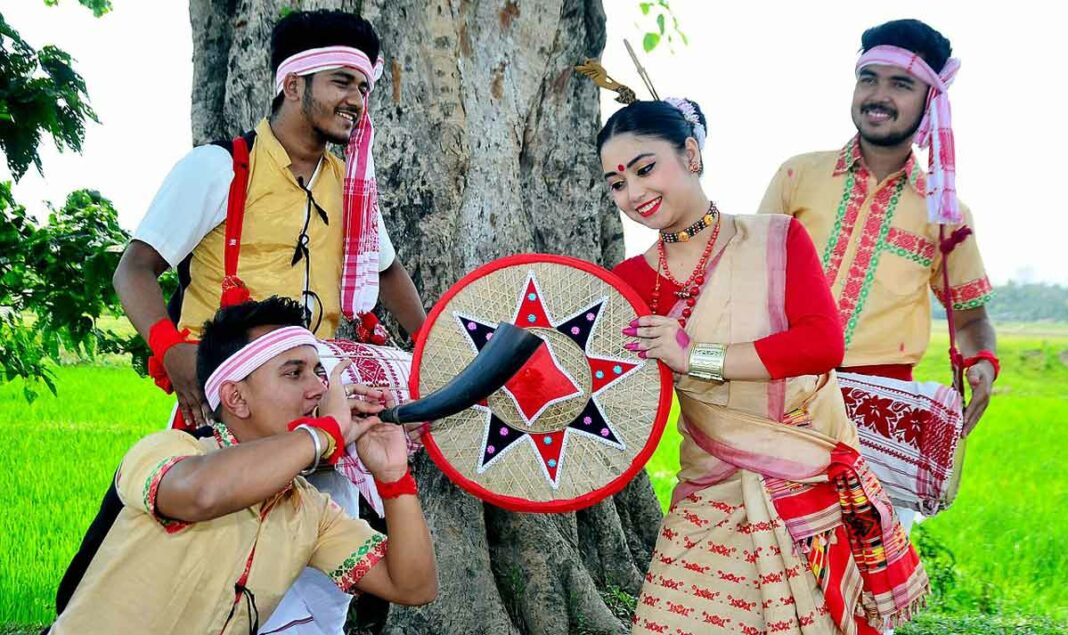


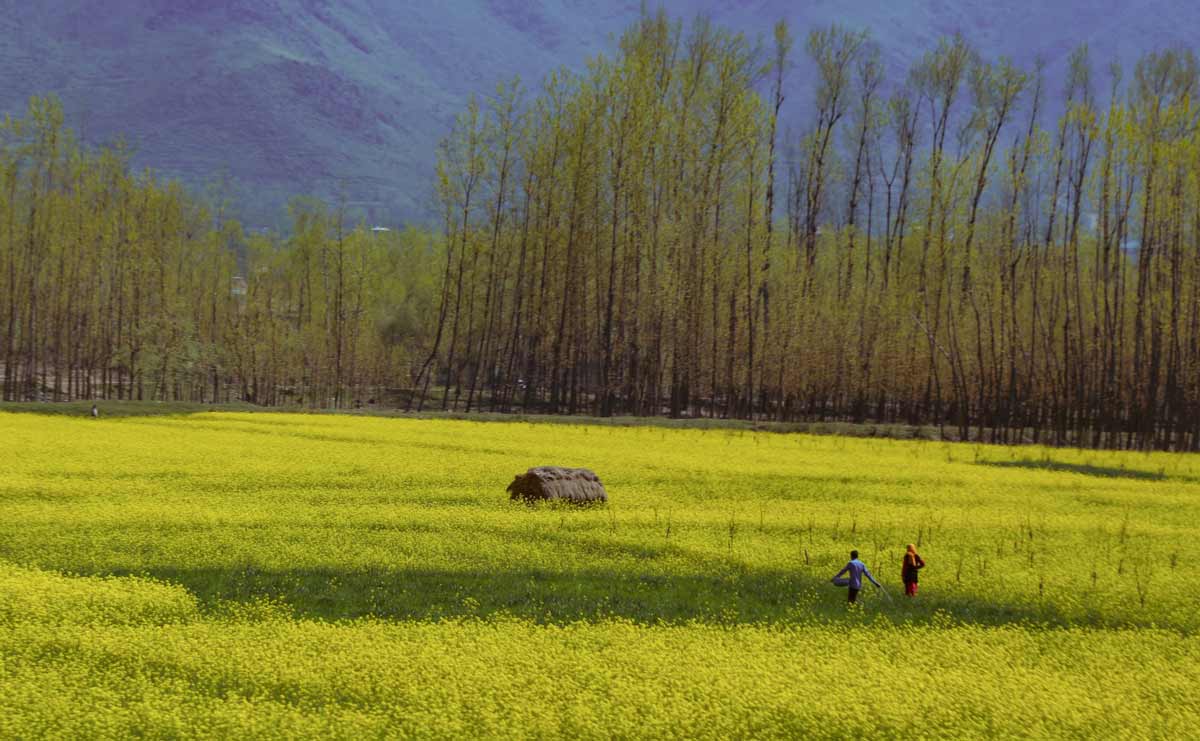

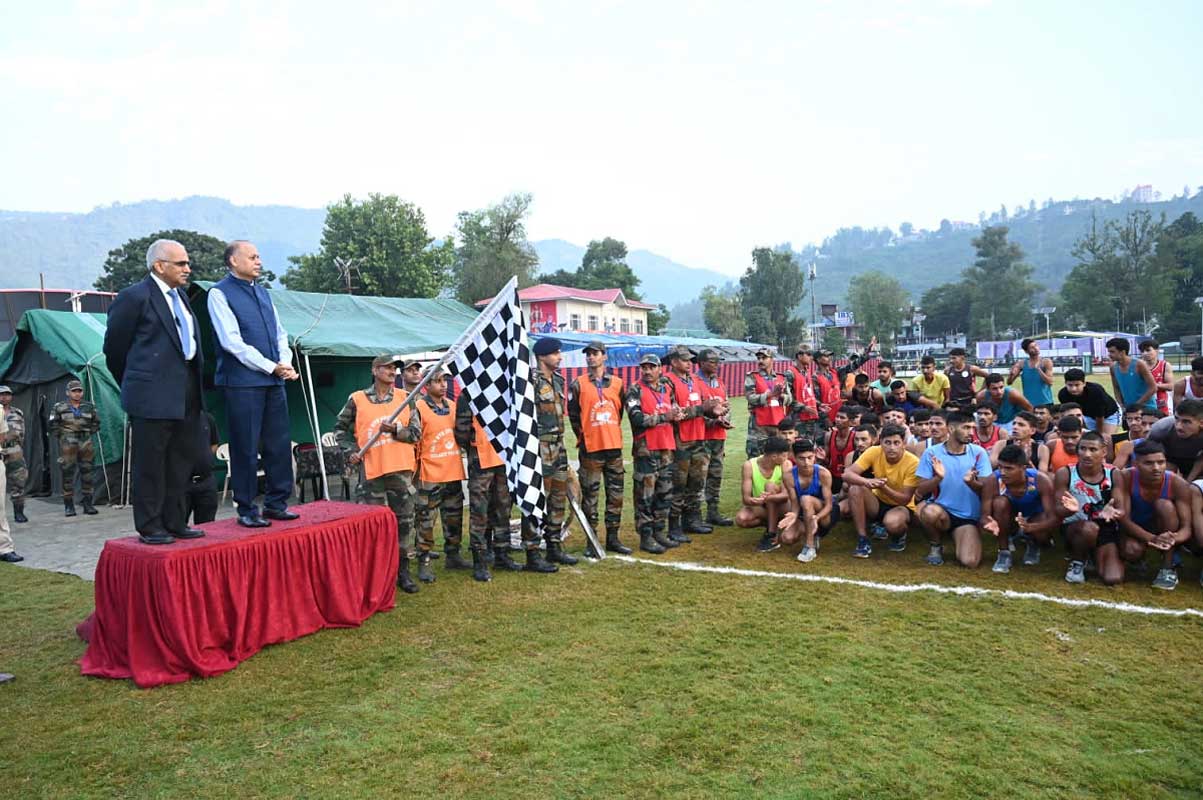



















Well written